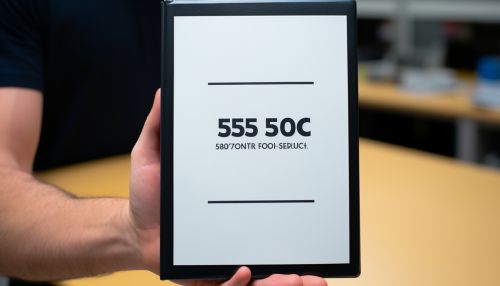ISO 55000
Overview
ISO 55000 is a series of international standards focusing on asset management. It was first published in 2014 by the International Organization for Standardization (ISO). The series provides terminology, requirements, and guidelines for implementing, maintaining, and improving an effective asset management system.


Background
The development of ISO 55000 was initiated by the growing need for an international standard for asset management, which was previously lacking. The standard was developed by ISO/PC 251, a project committee established by ISO. The committee included experts from 30 countries and 10 liaison organizations. The standard was based on the British standard PAS 55, which was widely accepted as the de facto standard for physical asset management before the introduction of ISO 55000.
Structure
The ISO 55000 series consists of three standards:
- ISO 55000:2014 - Asset management – Overview, principles and terminology
- ISO 55001:2014 - Asset management – Management systems – Requirements
- ISO 55002:2014 - Asset management – Management systems – Guidelines for the application of ISO 55001
Each standard in the series serves a specific purpose and is designed to be used in conjunction with the others.
ISO 55000:2014
ISO 55000:2014 provides an overview of asset management, its principles and terminology, and the expected benefits from adopting asset management. It establishes the context for the rest of the ISO 55000 series.
ISO 55001:2014
ISO 55001:2014 specifies the requirements for an asset management system within the context of the organization. It can be applied to all types of assets and by all types and sizes of organizations.
ISO 55002:2014
ISO 55002:2014 provides guidelines for the application of an asset management system in accordance with ISO 55001. It provides examples and recommendations to enable organizations to implement and maintain their own asset management system.
Implementation
Implementing ISO 55000 involves a series of steps, including understanding the organization's context, defining the asset management policy and objectives, establishing the asset management system, and conducting internal audits and management reviews. The implementation process also involves continual improvement of the system.
Benefits
Organizations that implement ISO 55000 can expect a range of benefits, including improved financial performance, informed asset investment decisions, managed risk, improved services and outputs, demonstrated social responsibility, demonstrated compliance, enhanced reputation, improved organizational sustainability, and improved efficiency and effectiveness.
